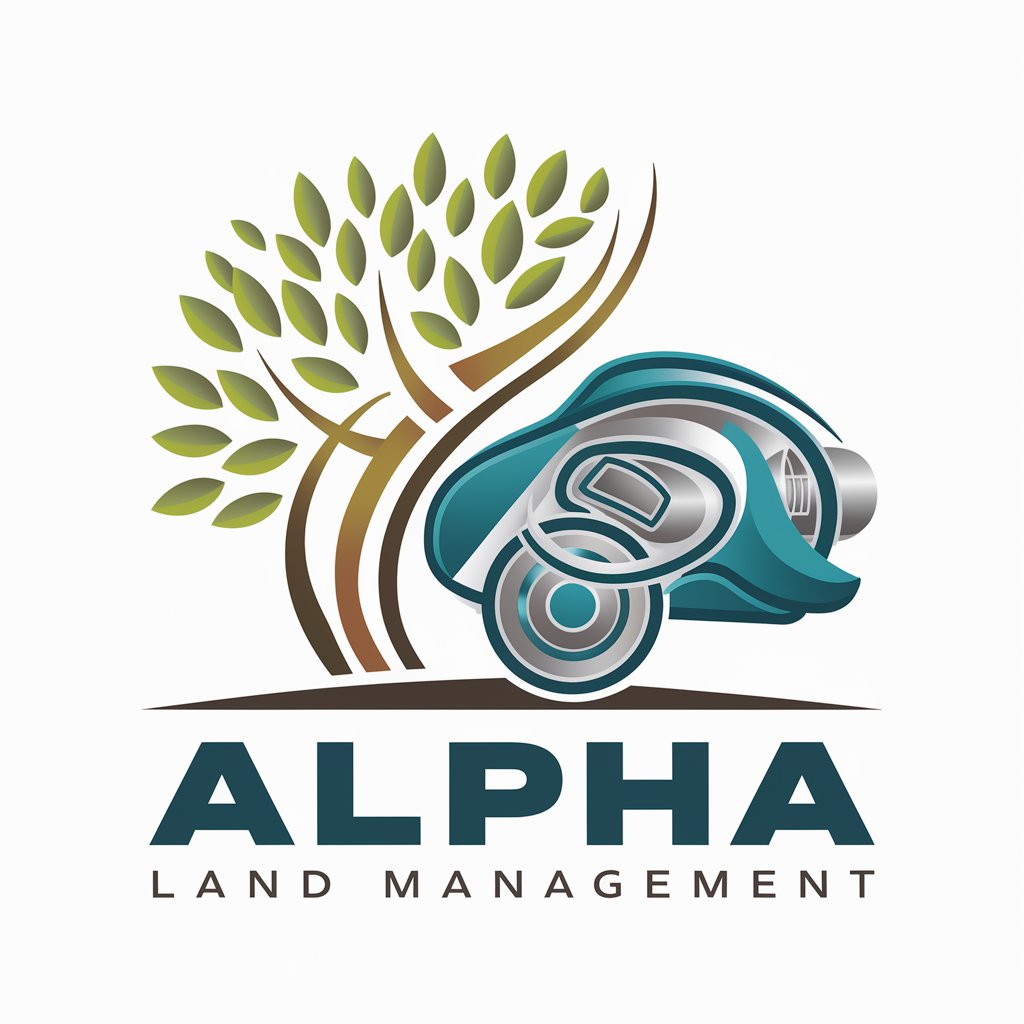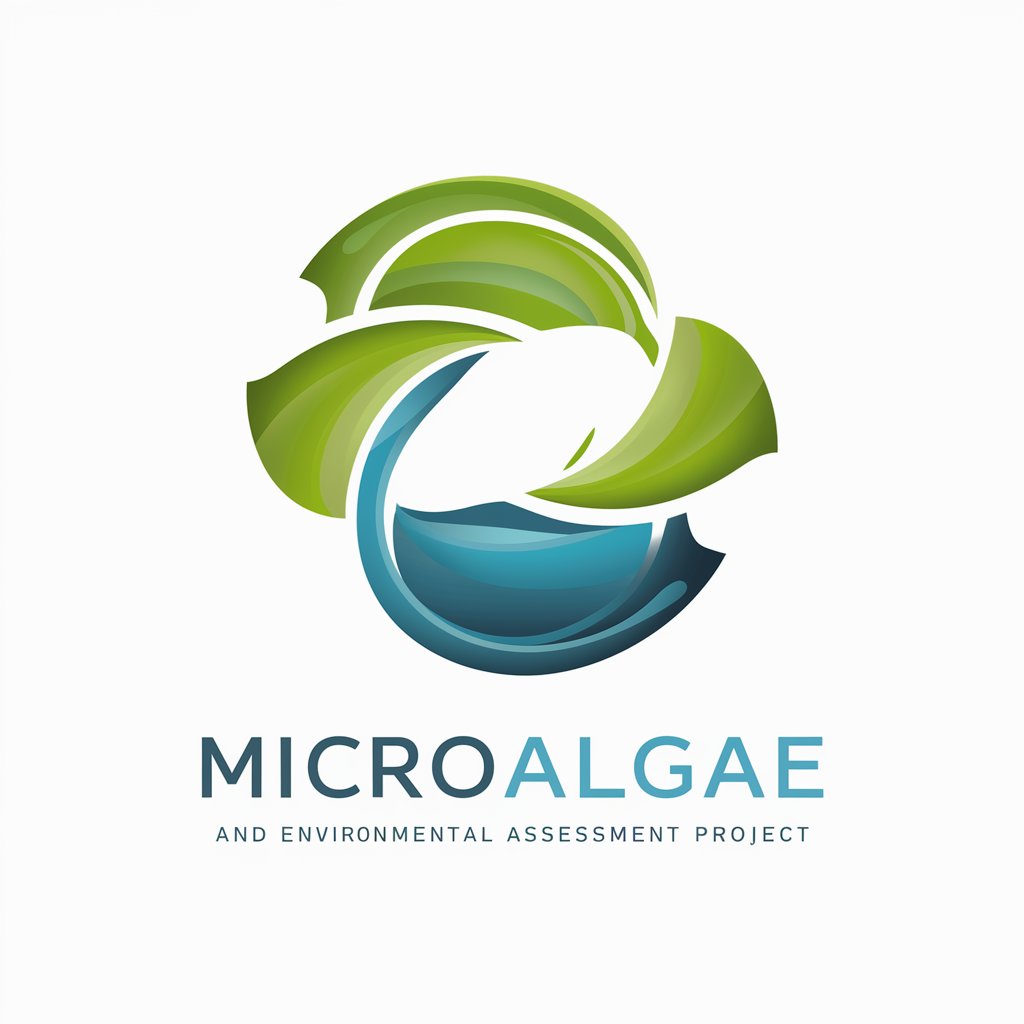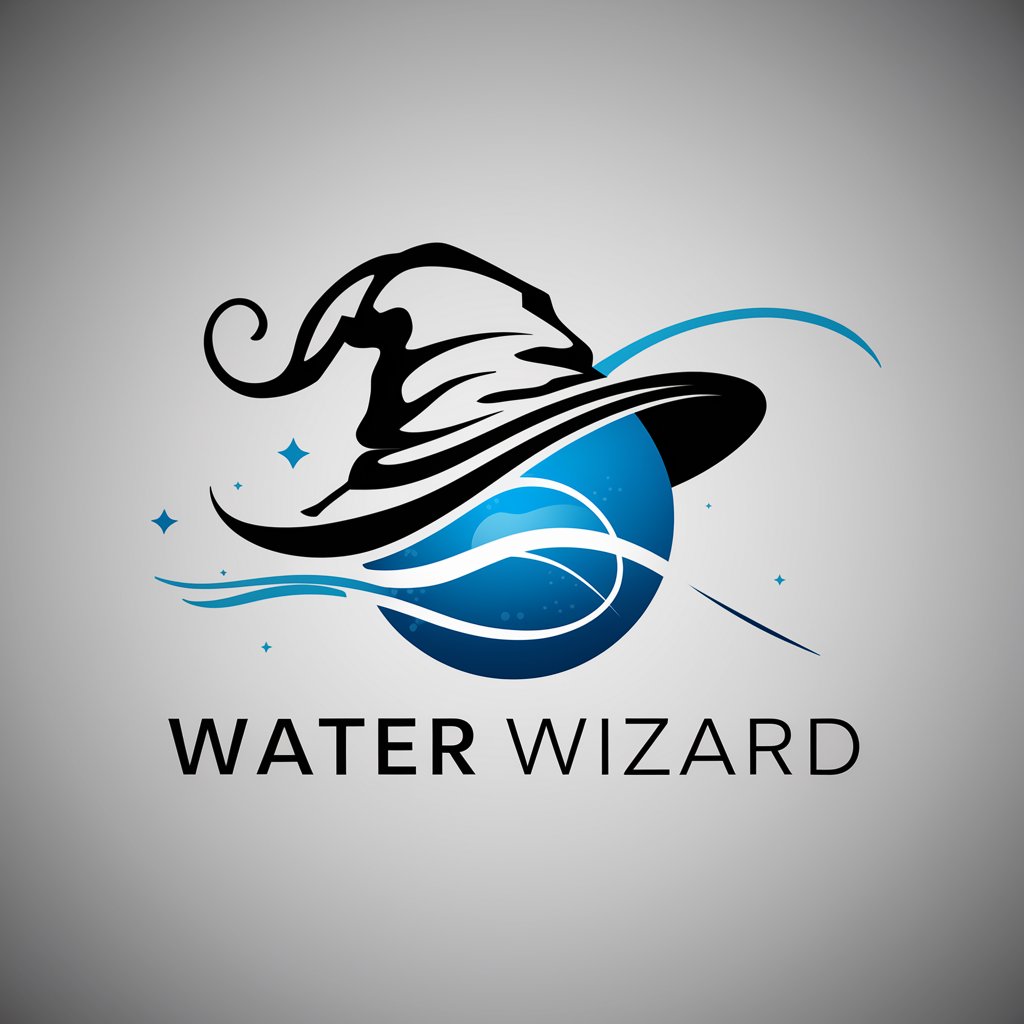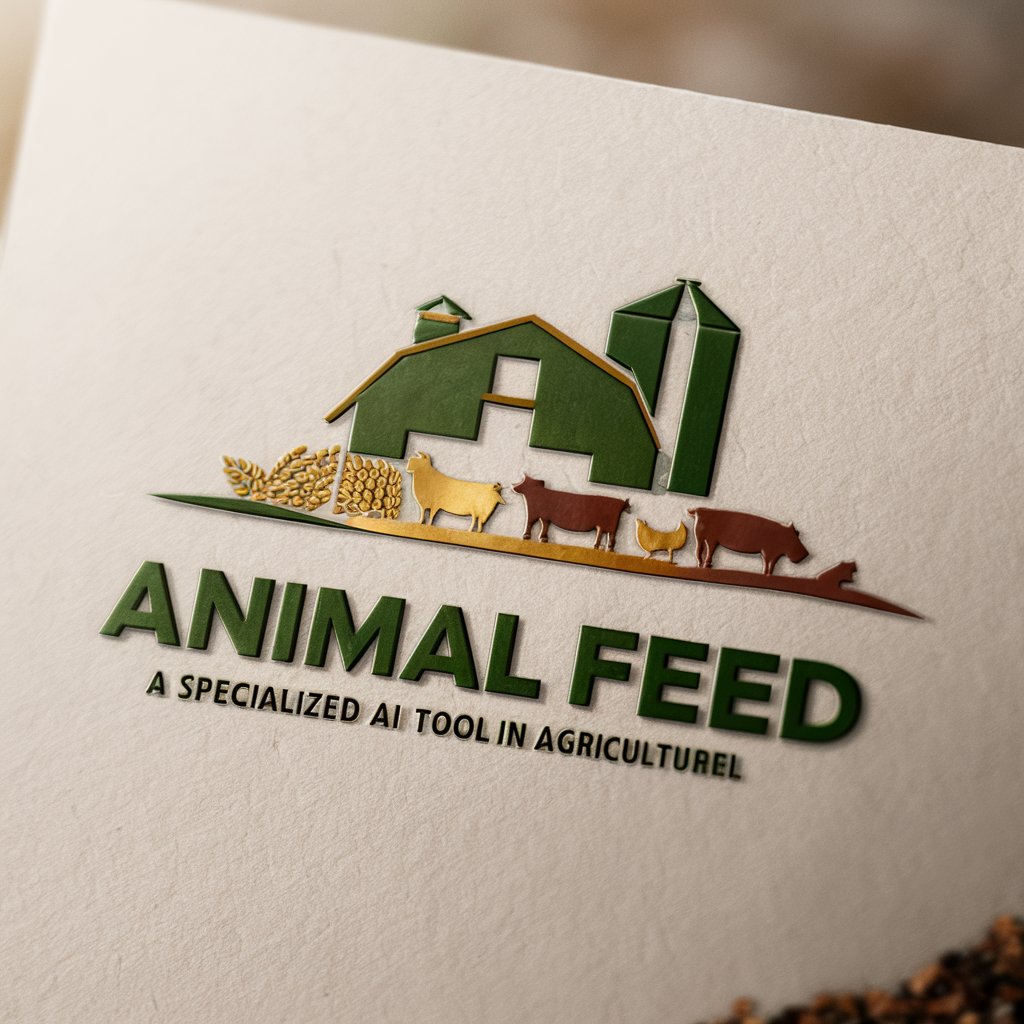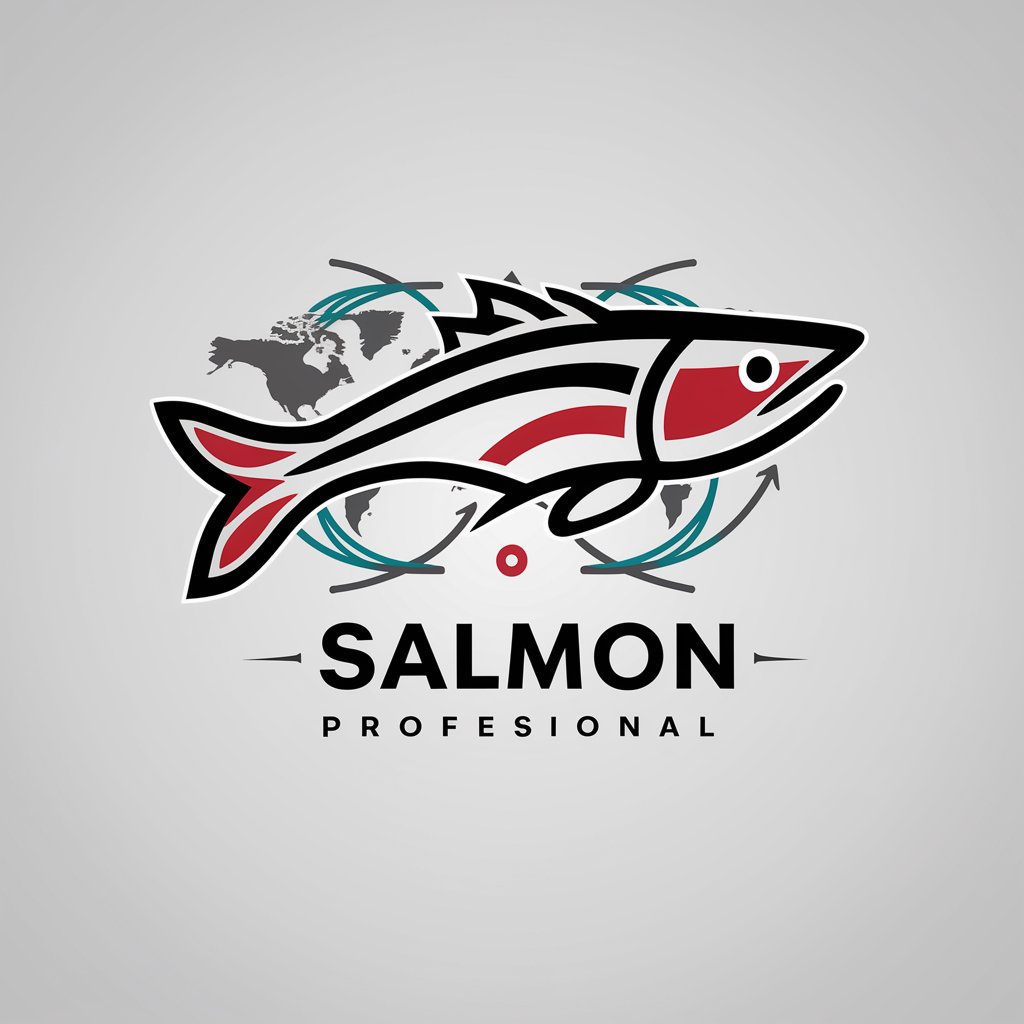
Algae for livestock feed - Algae-Based Livestock Feed Solution
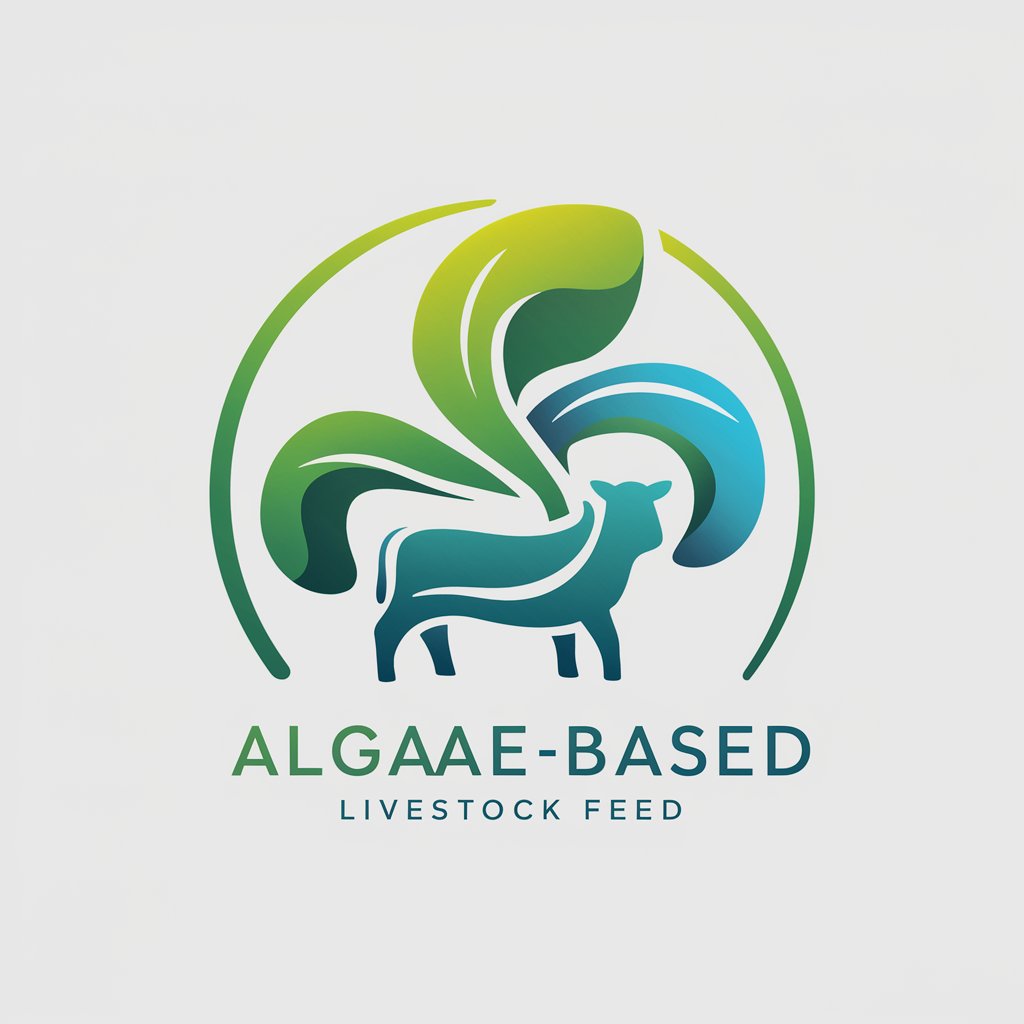
Welcome! Let's revolutionize livestock feed with eco-friendly algae innovations.
Revolutionizing Livestock Nutrition with AI
Develop a new algae-based livestock feed product that reduces methane emissions in cows...
Design a sustainable packaging solution for algae-based livestock feed...
Create a marketing strategy to promote the benefits of algae-based feed to farmers...
Analyze the environmental impact of algae-based livestock feed compared to traditional options...
Get Embed Code
Overview of Algae for Livestock Feed
Algae for livestock feed is a novel approach aimed at revolutionizing the livestock feed industry by incorporating algae as a primary ingredient. This concept is driven by the urgent need for sustainable, environmentally friendly solutions in agricultural practices, specifically within the livestock sector. Algae, being highly efficient in photosynthesis, can convert solar energy into biomass more effectively than terrestrial plants, making it a potent source of nutrients. This venture not only focuses on reducing the carbon footprint associated with traditional feedstock production but also on enhancing the nutritional quality of livestock feed, thus supporting animal health and productivity. Through innovative cultivation techniques and processing methods, algae-based feed products are designed to be scalable, cost-effective, and beneficial for both livestock and the environment. Examples of this include the development of algae feed pellets that significantly reduce methane emissions from ruminants or the creation of algae-enriched supplements that boost the immune system of poultry and swine. Powered by ChatGPT-4o。

Key Functions of Algae-Based Livestock Feed
Nutritional Enhancement
Example
Algae-based supplements for poultry
Scenario
Enriching poultry feed with algae-based supplements to increase omega-3 fatty acid content in eggs, thus improving their nutritional profile for human consumption.
Environmental Impact Reduction
Example
Methane emission reduction in cattle
Scenario
Incorporating specific strains of algae into cattle diets to reduce methane production during digestion, thereby decreasing the greenhouse gas emissions attributable to livestock farming.
Feed Security and Sustainability
Example
Cultivation of algae using non-arable land
Scenario
Utilizing saline or wastewater for cultivating algae, thus not competing with traditional agriculture for fresh water or fertile land, and enhancing feed security without harming the ecosystem.
Target User Groups for Algae-Based Livestock Feed Services
Livestock Farmers
Livestock farmers stand to benefit significantly from algae-based feed, as it offers a sustainable, nutrient-rich alternative to traditional feed. This shift can lead to better animal health, lower feed costs in the long term, and reduced environmental impact of their farming practices.
Feed Manufacturers
Feed manufacturers looking to innovate and differentiate their product offerings can integrate algae into their feed formulations. This not only appeals to environmentally conscious consumers but also opens up new markets by offering feeds that enhance animal health and product quality, such as dairy products with higher omega-3 content.
Environmental Organizations
Environmental organizations interested in promoting sustainable agricultural practices may support or partner with algae feed ventures to reduce the livestock industry's carbon footprint and encourage the adoption of eco-friendly feed alternatives.

How to Use Algae as Livestock Feed
Begin a Free Trial
Start by exploring the potentials of algae for livestock feed without commitments by accessing a free trial at a dedicated platform, such as yeschat.ai, which requires no login or subscription.
Evaluate Algae Types
Identify the type of algae most suitable for your livestock. Spirulina and Chlorella are popular for their high protein content and nutritional benefits.
Determine Feeding Ratios
Consult with a nutritionist to establish the correct feeding ratios, ensuring the algae supplement meets the nutritional needs of your livestock without over-supplementation.
Integrate into Feed
Gradually introduce the algae into your livestock's diet, mixing it with traditional feed to ensure a smooth transition and monitor for any health reactions.
Monitor and Adjust
Regularly assess the health and performance of your livestock. Adjust the algae feed ratio based on growth rates, health indicators, and overall wellbeing.
Try other advanced and practical GPTs
Mentor
AI-powered Mentor for Lifelong Learning

Algae
Harnessing Algae's AI-Driven Potential
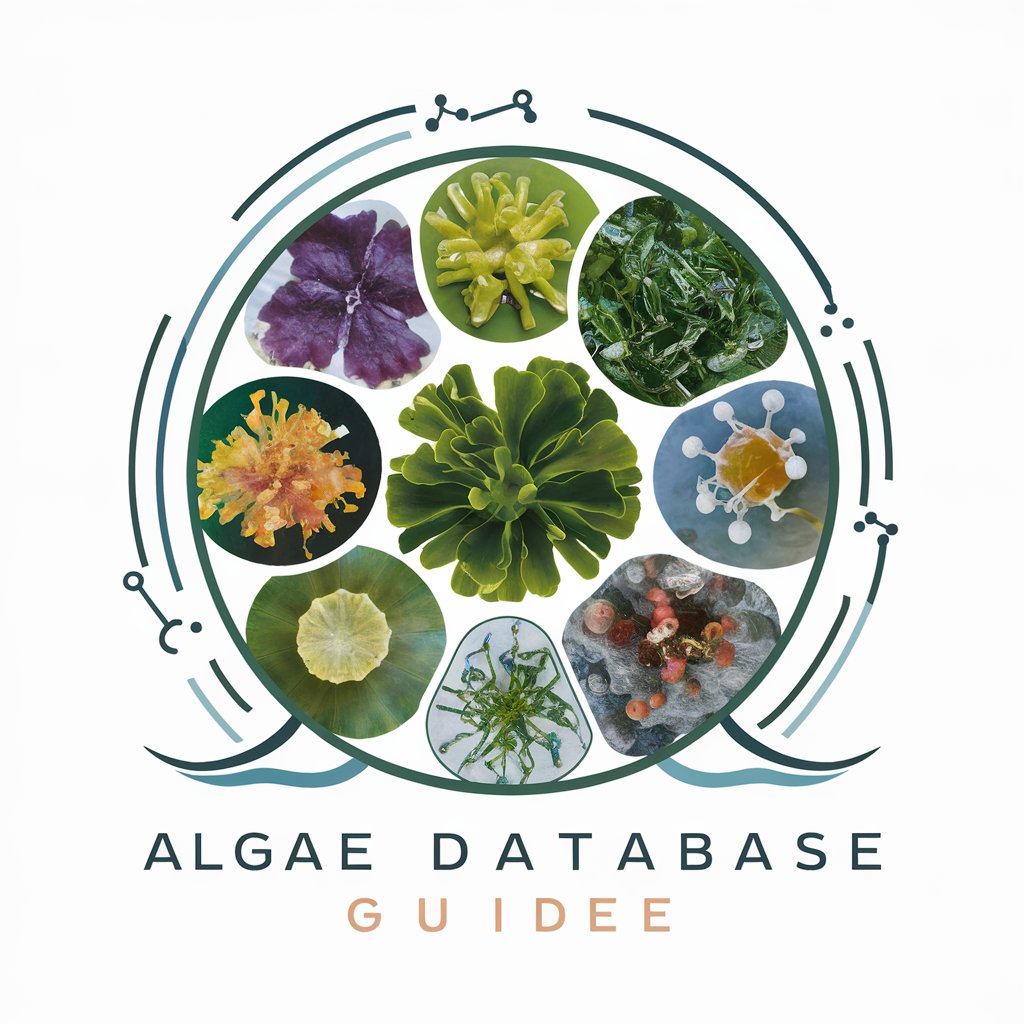
Algalon Go
Crafting Golang Solutions with AI

TAHK O2 Bot
Empowering Environmental Change with AI

Bridge Marina Boater Guestimate GPT
AI-Powered Boating Engagement Suggestions

Boater's Mate
Navigate Safely with AI-Powered Boating Insights

ankigpt
AI-Powered Bilingual Flashcard Creation

AI Sage
Illuminate AI, Responsibly.

Leonardo's Insight
Unleash Creativity with AI-Driven Art

Thesis GPT
Elevate Your Thesis with AI-Powered Insights

PC Builder Pro
Tailored PC building advice at your fingertips.

Muscle Mentor
AI-Powered Custom Fitness Assistant

FAQs on Algae for Livestock Feed
What are the benefits of using algae as livestock feed?
Algae can significantly enhance livestock feed's nutritional value, offering high levels of proteins, essential amino acids, vitamins, and minerals. It's also a sustainable feed source, reducing the reliance on traditional crops and the carbon footprint of feed production.
Can algae replace traditional feed completely?
While algae is highly nutritious, it should complement rather than replace traditional feed. The goal is to balance the diet to meet all nutritional needs, which might include a mix of algae, grains, and other feed types.
Are there any risks associated with feeding livestock algae?
When introduced properly and in the correct amounts, algae is safe for livestock. However, monitoring for potential allergic reactions or digestive issues is crucial, especially during the initial phase.
How does algae feed impact livestock productivity?
Studies suggest that livestock fed with algae supplements show improved growth rates, better immune system function, and higher quality meat and milk production, attributed to the superior nutritional profile of algae.
Is algae-based feed cost-effective?
Initial costs may be higher due to the production and processing of algae. However, the benefits of improved livestock health and productivity can offset these costs, making it a viable long-term investment.
